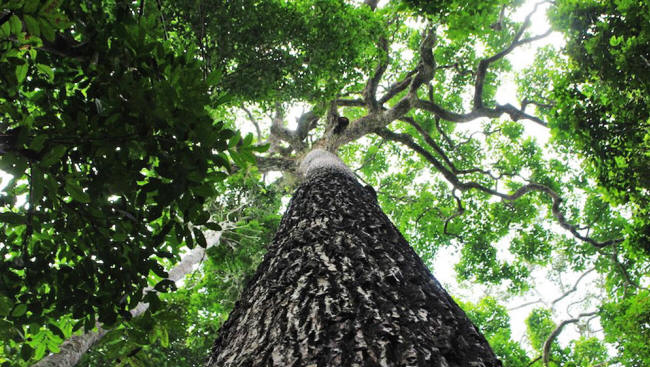|
by Natalie Parletta February 07, 2020 from CosmosMagazine Website
in Jaú National Park
in
Brazil's Amazonas state.
Living giants store millennia of clues
to historic
climates and societies.
The insights that can be gleaned from these "time capsules of cultural heritage" could help inform conservation efforts, according to a review (Tropical Trees as Time Capsules of Anthropogenic Activity) published by Victor Lery Caetano-Andrade and colleagues in the journal Trends in Plant Science.
This is a
mounting imperative, they write, as tropical forests are refuges for
half of the Earth's biodiversity and
major mitigators of greenhouse gases. However, the trees face numerous threats from climate change and logging:
The review discusses bringing together,
...to shine more light on questions about past human societies.
Rather than forests being "pristine" prior to industrialization, evidence from trees, archaeological and historical records suggest prehistoric humans had far greater impacts on their ecology than previously thought.
And therein lies the learning for modern societies - understanding, for instance, how native communities managed their environment and interacted with the rainforests compared to invading colonies.
Another example is the proliferation of brazil nuts (Bertholletia excelsa) during precolonial times in the central Amazon tropics.
After European invasion the native people were displaced, and those trees stopped propagating for nearly 70 years.
Dozens of species were selectively cultivated and domesticated by ancient farmers, including the,
Caetano-Andrade hopes that adding the value of rainforests as repositories of cultural history to their other manifold benefits will boost efforts to preserve them and show how agriculture can thrive without depleting them.
|


